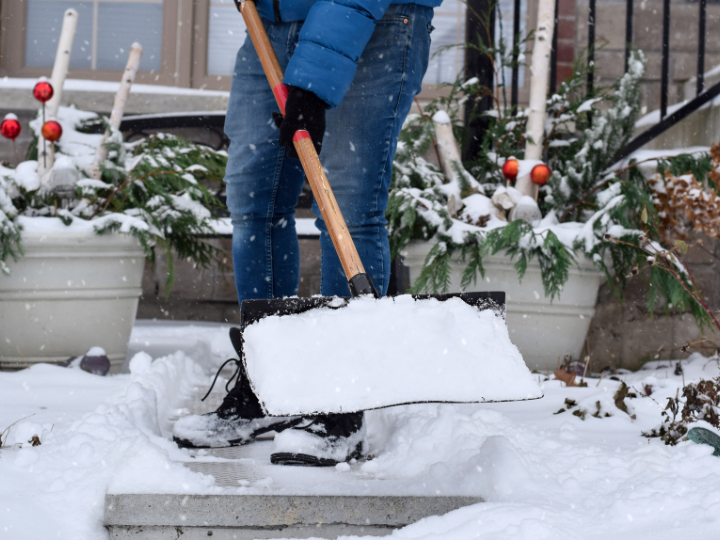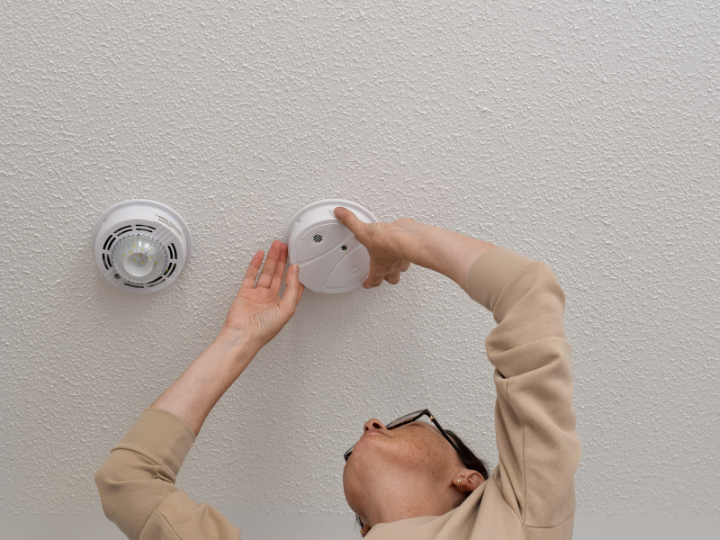As winter approaches, it’s time to cozy up with hot cocoa and prepare for the season’s unique challenges. Snow, ice, and extreme cold can pose serious risks to your home, making it crucial to ensure your home insurance policy is equipped to handle these seasonal hazards. Here’s how to review and adjust your coverage for the winter months ahead.
Understand Your Current Coverage
The first step in winter weather preparedness is to thoroughly review your current home insurance policy. Most standard policies cover specific winter-related damages, such as:
Snow and Ice Damage: This includes damage caused by the weight of accumulated snow and ice on roofs or gutters.
Frozen Pipes: Many policies cover water damage resulting from burst pipes due to freezing temperatures.
Wind Damage: Winter storms can bring high winds, which may damage roofs, windows, or siding.
However, it’s essential to check the specific terms and conditions of your policy, as coverage can vary widely among insurers. Some policies might include exclusions that leave you vulnerable during winter weather events.
Consider Additional Coverage Options
If your review reveals gaps in your coverage, consider adding endorsements or riders that address winter-related risks. Some options to consider include:
Flood Insurance: If your area is prone to melting snow or ice dams, flood insurance can protect your home from water damage. Standard home insurance policies typically do not cover flood damage, so this may be an essential addition.
Extended Coverage for Water Damage: If you’re concerned about potential water damage from frozen pipes, you may want to look into adding specific coverage for this risk.
Sewer Backup Coverage: Heavy snow and ice can lead to sewer backups, which might not be covered under a standard policy. Additional coverage can safeguard against this issue.
Prepare Your Home for Winter
Taking proactive steps to winterize your home not only protects your property but can also positively impact your insurance premiums. Insurers often reward homeowners who take preventive measures to minimize risks. Here are some tips to get started:
Inspect Your Roof: Ensure your roof is in good condition and can support heavy snow loads. Remove any debris and check for loose shingles.
Winterize Pipes: Insulate pipes in unheated areas to prevent freezing. Allow faucets to drip during extreme cold to relieve pressure.
Clear Gutters: Regularly clean gutters and downspouts to prevent ice dams from forming. Ice dams can cause water to back up under shingles, leading to leaks and water damage.
Seal Windows and Doors: Check for drafts and apply weather stripping or caulking to seal gaps. Proper insulation will help maintain your home’s temperature and reduce heating costs.
Keep Communication Open with Your Insurer (or Broker)
Finally, maintaining open communication with your insurance provider or brokerage is vital. If you make significant changes to your home or if a major winter storm occurs in your area, inform your insurer. They can provide guidance on how these changes may affect your coverage and premiums.
If you’re uncertain about your policy’s adequacy in covering winter risks, reach out for a policy review. Our team is always available to review your updated documents and help you to better understand your coverages.
_
Winter weather can bring about unforeseen challenges for homeowners, but being prepared can make all the difference. By reviewing and adjusting your home insurance policy to account for seasonal risks, you can enjoy the holiday season without the worry of unexpected damages. Take the time to ensure your home is protected this winter—your peace of mind is worth it.











